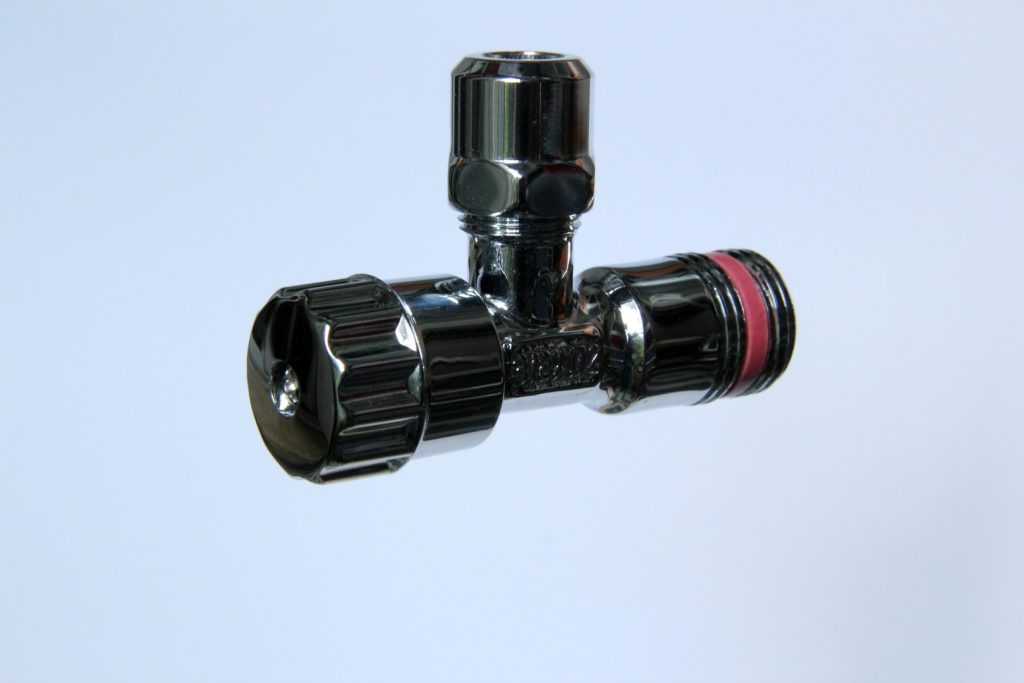Introduction
Fittings play an indispensable role in various industries, serving as the bridge between components, ensuring structural integrity, fluid flow, and functionality. From plumbing systems to automotive engines, fittings are the unsung heroes that hold everything together. This blog aims to delve into the world of fittings, exploring their types, applications, and importance.
Types of Fittings
Fittings come in a wide array of shapes, sizes, and materials to suit different purposes. Here are some common types:
- Threaded Fittings: These fittings have threads that enable them to be screwed onto pipes or other fittings. They are often used in plumbing systems and gas pipelines.
- Flanged Fittings: Flanges are flat, projecting rims with holes that allow for secure attachment with bolts. They are commonly found in industrial settings, particularly in pipelines that handle high pressures.
- Compression Fittings: These fittings create a tight seal by compressing a ring or ferrule onto the pipe. They are often used in plumbing for connecting pipes that carry fluids under pressure.
- Welded Fittings: These fittings are joined to pipes through welding. They are popular in industries where a strong and permanent connection is required, such as construction and manufacturing.
- Push-to-Connect Fittings: These user-friendly fittings allow pipes to be connected without the need for specialized tools or soldering. They are often used in home plumbing and pneumatic systems.
- Quick Disconnect Fittings: These fittings enable rapid connection and disconnection of components, making them ideal for applications that require frequent assembly and disassembly.
- Barbed Fittings: These fittings have barbs that grip onto the inside of a hose, providing a secure connection. They are commonly used in fluid transfer applications.
Applications of Fittings
- Plumbing and Piping Systems: Fittings are a cornerstone of plumbing systems, enabling water and gas to flow smoothly within buildings. Whether it’s a residential water supply or an industrial-scale pipeline, fittings ensure leak-free connections and optimal fluid transport.
- Automotive Industry: Fittings are crucial in automotive engines, transmissions, and fuel systems. They facilitate the movement of fluids, such as coolant, oil, and brake fluid, ensuring optimal performance and efficiency.
- Industrial Processes: Manufacturing plants rely on fittings to connect machinery, instruments, and other components. They are used in various industries, including chemical, pharmaceutical, and food processing.
- Aerospace and Aviation: Fittings are vital in aircraft systems, where safety and precision are paramount. They connect hydraulic lines, fuel conduits, and other critical components.
- Construction: From skyscrapers to residential homes, fittings are used in construction for plumbing, heating, ventilation, and air conditioning systems.
Importance of Proper Fitting Selection
Selecting the right fitting is crucial to ensure the functionality, safety, and longevity of a system. A mismatched or substandard fitting can lead to leaks, pressure drops, and even catastrophic failures. Factors to consider include the type of fluid or gas being transported, the operating pressure and temperature, compatibility with the pipe material, and the specific application requirements.
Conclusion
Fittings might be small in size, but their impact on various industries is immeasurable. They are the unsung heroes that facilitate the seamless flow of fluids, gases, and materials, ensuring the reliability and efficiency of countless systems. Whether you’re a DIY enthusiast, a plumber, an engineer, or anyone interested in the inner workings of machinery, understanding fittings is key to mastering the art of seamless connectivity.

